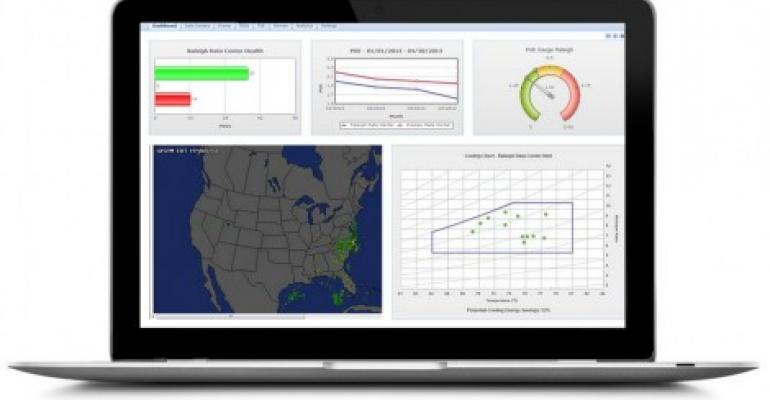Your data center is growing, you have more users connecting, and your business continues to evolve. As the modern organization places even more demands around the data center model, administrators must be aware of their resources and their utilization. A big part of that is planning out capacity for both today and the future.
As the need to balance current and future IT requirements against resource consumption becomes more urgent, the data center industry increasingly views capacity planning as a way of achieving a critical component to planning a new build or retrofit. Data center capacity planning can be a complex undertaking with far-reaching strategic and operational implications. DCD Intelligence has compiled this white paper to share some industry insights and lessons on the practical steps that are needed to develop a successful power and capacity planning strategy.
These insights are based on a series of 15 in-depth interviews conducted with market-leading data center owners and operators. They include Cisco WebEx, Defense.net, Edmunds, Gigamon, IBM Global Technology Services, ING Bank and Scale Matrix. Between them, the organizations interviewed account for just less than 1 million staff worldwide and annual revenues of approximately $350 billion. They own or operate approximately 400 data centers and labs world-wide.
As the paper outlines, there are several common factors that may impact capacity planning. This includes:
- Industry specific ›› Rack density and optimization requirements.
- Power
- Cooling
- Plan for business continuity and disaster recovery
- Sustainability and ‘green’ performance
- Budgeting
Through it all you apply the practical science of capacity planning to really create a powerful data center model. Key emerging industry trends toward Data Center Infrastructure Management (DCIM) and Software Defined Data Centers (SDDC) demonstrate a continuing need to look at the key balance between IT and communications and facilities management. Still, it’s clear that the activities and perspectives of IT and facilities management professionals continue to differ. However, the provision of intelligent and remotely-managed PDUs, as well as the development of DCIM and SDDC tools, are important bridges between the two silos.
Capacity planning brings together all the key resource and output factors that constitute a data center’s reason for commission and its means of fulfilling that. As critical resources become more expensive or scarce, being able to plan for future capacity requirements becomes more critical.
From a research perspective, capacity planning is a vital process for any company with its own lab or data center; this view is shared by the experience and insight of the executives which were interviewed.
Download this white paper today to learn how, based on current trends, the power draw of IT and communications equipment will continue to rise, creating an exponential demand for the power needed to run and cool it, while the cost of power increases and its ready availability is threatened in some locations. Find out what it takes to develop a capacity plan which directly aligns with your data center needs and organizational goals.




